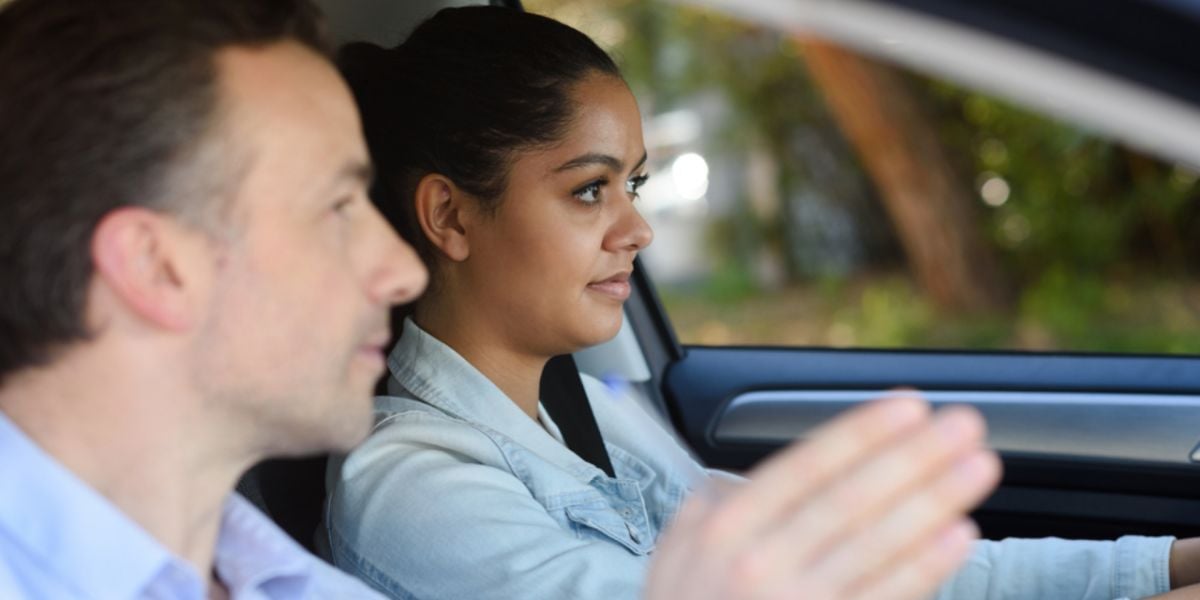
Driving is an excellent way to discover the cities, but also and especially the Italian countryside, the sea and the mountains. Although it can be a daunting prospect for expats, driving in Italy is essential, especially in the provinces where public transport is scarce. Here is some useful information before you get behind the wheel.
In general, the Highway Code is respected in Italy, and even if driving is sportier than in the north of Europe, as long as you have a valid license in the country and you follow the rules scrupulously, you should have no difficulty once you are behind the wheel. However, you will find that there are differences between the north and the south of the country.
Some cities, such as Rome or Naples, are quite chaotic in terms of traffic, both in terms of pace and noise. If you are not used to driving in certain conditions, you could be surprised or even destabilized. So be extra cautious.
Driving licenses in Italy
To drive in Italy, you will need a valid driving license.
EU/EEA citizens
Expatriates holding a valid driving license issued in an EU or EEA country may drive in Italy without restriction, provided that the validity dates of the license comply with the relevant EU regulations (art. 7 of Directive 2006/126/EEC). At the end of this period of validity, you must apply for an Italian driving license. For licenses that do not have expiry dates or for which these dates exceed the limit set by European regulations, you must convert your license within two years of taking up residence in Italy.
Third country citizens
If you do not have a driving license issued in an EU or EEA country, you must exchange your driving license no later than one year after your arrival in Italy, provided that your country of origin has signed a reciprocity agreement with Italy. To do this, you must go to the Ministry of Transport Agency (Ufficio della Motorizzazione Civile) competent for the province in which you live.
To convert or renew your driving license in Italy, you must present:
A copy of both sides of your driving license or, if it has expired, the original license
- An identity document
- Your tax code
- The completed and signed TT 2112 form (available at the Motorizzazione offices)
- 2 passport photos
- A recent medical certificate (less than three months old) certifying your physical ability to drive with an additional copy (both must include a photo)
- Proof of payment of the application fee payable on the spot or in advance at the Post Office bank:
o 10.20€ (form code 9001);
o 32€ (form code 4028).
Other fees to be taken into account are those for the medical examination (from 30 to 50€)
Good to know:
For some driving licenses issued in third countries, a certified translation may be requested. You should also include this document with your conversion/renewal application.
Car registration and insurance in Italy
The owner of a vehicle with foreign number plates, who is officially resident in Italy, is allowed to drive in the country for a maximum of three months. After this period, you must register your vehicle with the Italian administration, the Ufficio della Motorizzazione civile (UMC) of the province in which you reside, and register it with the Pubblico Registro Automobilistico (PRA) within 60 days of the issue of the circulation card.
As the process of registering a car in Italy is rather complex, expatriates often use specialized car agencies (agenzie pratiche auto), which offer you a package to deal with all the formalities.
Car insurance is compulsory in Italy. If you drive your own car, you will need to have an international insurance certificate issued by your home country before you arrive in Italy, valid for 15 to 45 days, depending on your insurer. If you plan to stay in Italy for more than 45 days, you must register with an Italian insurer.
Rules for driving in Italy
Wearing a seatbelt is compulsory.
The use of mobile phones is only allowed with the use of a hands-free kit.
It is forbidden to drive with a blood alcohol level higher than 0.5 grams per liter, in line with the European average.
Driving is on the right-hand side of the road.
Day and night, you must always use dipped headlights (fari anabbaglianti) on main roads and motorways. In town, they are only needed at nightfall. High beam (fari abbaglianti) can only be used outside cities and when no vehicle is approaching from the opposite direction. When a stationary vehicle is not clearly visible, the parking lights (luci di posizione) must remain on.
In Italy, there are four types of roads:
- Autostrade (motorways)
- Strade Statali (National roads)
- Strade Provinciali (Provincial roads)
- Strade Comunali (Local roads)
Motorways are subject to a fee, and you can pay at the toll booths, even by card. To avoid queuing, you can take out a monthly Telepass subscription, which, thanks to a box installed in your car, allows you to pass through dedicated terminals.
Check the Autostrade website for a full list of all roads throughout the country and for more information on tolls.
Important:
You must always have your driving license, vehicle documents and insurance papers in the car. It is also compulsory to have a reflective safety waistcoat in the car, and if you live in a region close to the mountains, such as Lombardy, Veneto, or Piedmont, you are required to equip your vehicle with snow tires from 15 October to 15 April. If you do not have snow tyres, always carry snow chains.
Speed limits in Italy
In towns and villages, the speed limit is 50 km/h.
On secondary extra-urban roads (strade statali) the speed limit is 90 km/h.
On main extra-urban roads such as ring roads and some strade statali, the speed limit is 110 km/h.
On the motorway, the speed limit for vehicles is 130 km/h, or 100 km/h if you have had your driving license for less than three years.
Priorities in Italy
In Italy, driving is on the right, and overtaking is done on the left if the car in front is slower. Passing on the right is only allowed when the car in front has signaled a left turn and has moved towards the center of the road.
According to the Italian Highway Code, on a two- or three-lane road, you must drive in the rightmost free lane; the left lane or lanes are reserved for overtaking. You must always indicate your intention to overtake in advance with an indicator. On three-lane roads, cars are not allowed to overtake but to move to the right in parallel. This is the case, for example, if you are driving in the right-hand lane without changing lanes and are traveling at a faster speed than a vehicle in the middle lane.
At crossroads and junctions, motorists must give way to vehicles coming from the right unless otherwise indicated by signs.
Parking in Italy
In Italian cities, you can park your vehicle in the white lanes (usually free of charge), the blue lanes for which there is a fee, and in spaces without lanes, provided that your vehicle does not represent an obstacle to traffic, a public building, a bank, a school, a cinema, a theatre or any other building of public utility. Please note that the yellow strips are reserved for residents, as in the city of Milan, and you must have a vignette to park your vehicle there.
Parking on pedestrian crossings, pavements, bends, humps, at traffic lights and road signs, at junctions, near railway lines and level crossings, on bus parking, on cycle paths, on spaces reserved for disabled people, and at electric vehicle charging points is generally prohibited in Italy.
If you break down and block the road, you must place a triangle at least 30 meters behind the car. Your vehicle must also be equipped with a reflective safety waistcoat and a triangle.
Useful links :
Il portale dell'automobilista (Ufficio Motorizzazione Civile)
Ministero delle Infrastutture e dei Trasporti
We do our best to provide accurate and up to date information. However, if you have noticed any inaccuracies in this article, please let us know in the comments section below.








